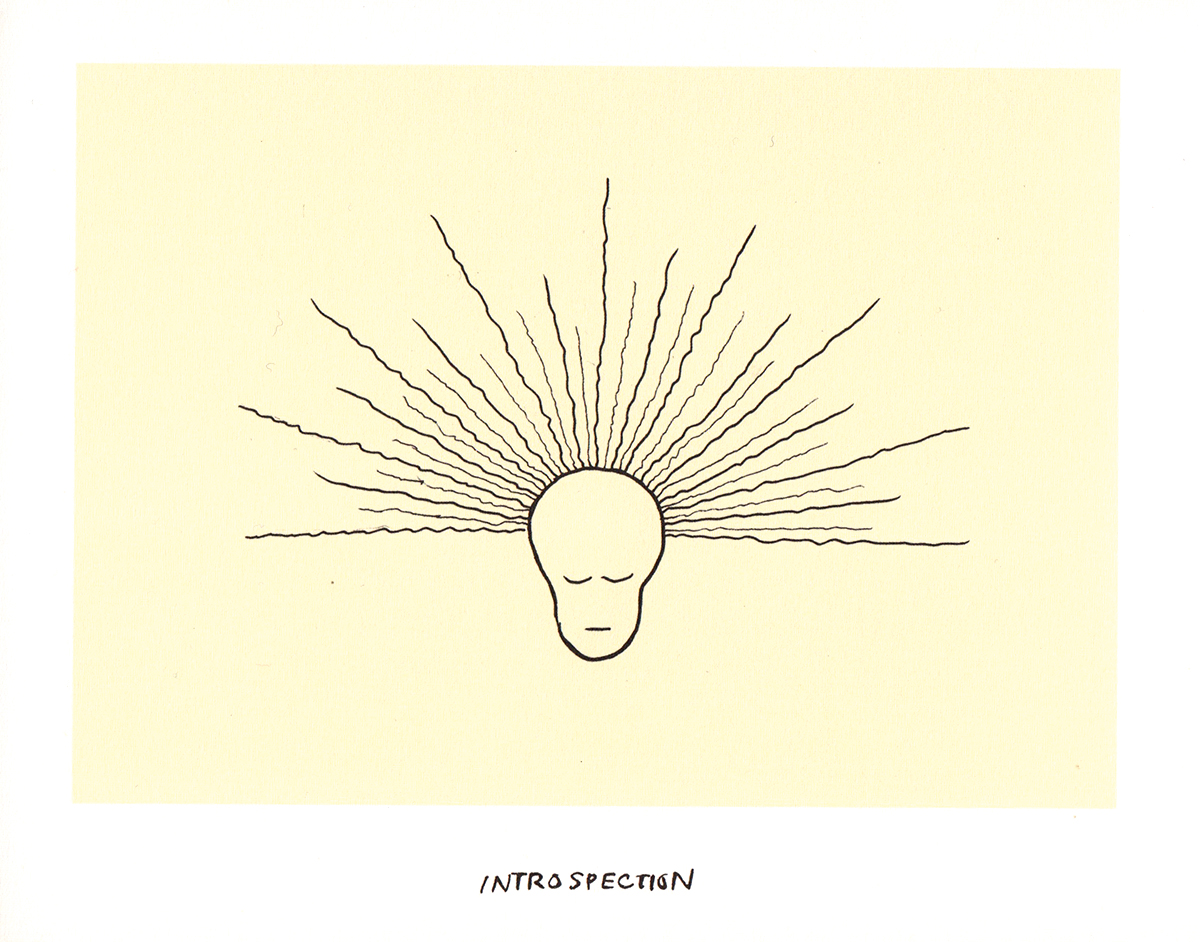We’re still learning what happened in Pompeii in 79 AD. In the broad sense, of course, we know exactly what happened: the volcano Mount Vesuvius erupted, overwhelming the city (as well as Herculaneum) with heat and entombing it in ash. But what exactly was going on in Pompeii’s last days? Absent the power of time travel, we can never know for sure. But the disaster that ended the life of Pompeii also preserved that life more or less as it was, resulting in a harrowing snapshot made of ruins and remains uncommonly intact by the standards of ancient Rome. It is to Mount Vesuvius that we thus owe a good deal of our knowledge about the texture of everyday life in the Roman Empire.
History Youtuber Garrett Ryan explains all this in a new three-part miniseries, which consists of the videos “The Last Morning in Pompeii,” “The Night Pompeii Died,” and “The Victims of Vesuvius.” We’ve previously featured Ryan’s channel Told in Stone here on Open Culture for its episodes on subjects like ancient Roman aqueducts and ancient Roman drugs.
Here, he uses his formidable all-around knowledge of ancient Roman life to paint a verbal picture of how average Pompeiians might have lived out their final day in the city. During its course, what in the morning would have felt like nothing more than odd rumblings would — in accordance with the archetypal tale of disaster — turn into an inferno by nightfall.
As in his other videos, Ryan shows as much concern with what we know as how we know it. In the case of Pompeii and Herculaneum, the historical evidence includes no fewer than 1,500 recovered bodies, with hundreds or even thousands still buried. The vividness of the image constituted by these citizens and their surroundings — a vividness enhanced by the practice of making realistic plaster casts from their impressions in the ash — would lead any visitor at the ruins to imagine for himself stories of the lives of Pompeiians. So it seems to have gone with Ryan, who after gazing into Vesuvius’ crater beheld the sprawl of modern-day Naples, which has “crept up to the very foot of the volcano, awaiting the next eruption.” The underlying story, told in geological time, is still nowhere near its end.
Related content:
Pompeii Rebuilt: A Tour of the Ancient City Before It Was Entombed by Mount Vesuvius
Archaeologists Discover an Ancient Roman Snack Bar in the Ruins of Pompeii
A Drone’s Eye View of the Ruins of Pompeii
Based in Seoul, Colin Marshall writes and broadcasts on cities, language, and culture. His projects include the Substack newsletter Books on Cities, the book The Stateless City: a Walk through 21st-Century Los Angeles and the video series The City in Cinema. Follow him on Twitter at @colinmarshall, on Facebook, or on Instagram.






